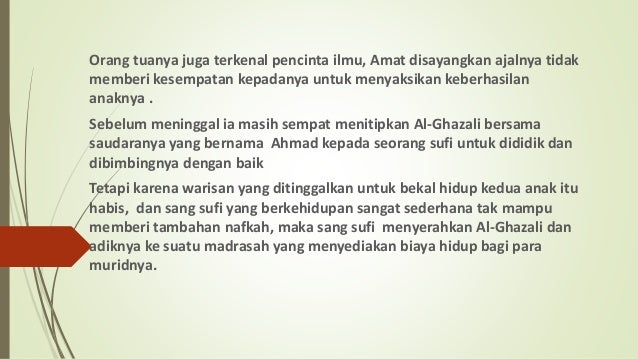

Modes of play and playfulness are central to ethics, yet have not been as rigorously considered by anthropologists as have more earnest forms of ethical life. Not only has MSS AAT presented dynamic engagement between critically selected local traditions of cosmology and specific elements of Sufi textual discourses, but it has also noted the ways in which such texts further indicate both the Islamisation of local communities and how they vernacularise interpretations of Islam in Kapuas Hulu, which is situated in the hinterland of West Kalimantan. This article argues that the MSS AAT has provided appropriate examples of the confluence of Dayakness and Islam. This article is not only based on philological studies of the Abang Ahmad Tahir Manuscript Collections (MSS AAT) but also on observations and interviews from the field between 20. This article examines manuscripts as historical records to show concrete examples of how Sufi interpretations of the local culture are constructed. Sufism has generally been regarded as the confluence that helps to facilitate Islamization in Indonesia by opening accommodating spaces for local beliefs and practices. This shows that the genealogy of intellectual tradition of pesantren has an important position in supporting the development of reformist Islamic ideas in Indonesia. However, Aceng Zakaria, as a modernist and reformist ulama, also modified his explanation systematically and practically.

Both books, Arabic grammar al-Muyassar and fiqh discourse al-Hidâyah demonstrate his connectivity to the intellectual of traditional pesantren. The roots of traditional Islamic science influences his intellectual career which was reflected in his works.

Aceng Zakaria, as a PERSIS ulama, originally learned at the traditional pesantren in the mid-twentieth century. Through a socio-intellectual historical approach, the study shows that the Islamic intellectual tradition of the modernist activists is inseparable from the learning of traditional pesantren. The study object is the historical life of the PERSIS chairman, Aceng Zakaria and his magnum opus works, al-Muyassar fî ‘Ilm al-Naḥw and al-Hidâyah fî Masâ’il Fiqh Muta‘âriḍah. This study focuses on the roots of the traditional Islam among the modernist Islam organization activists, Islamic Union (Persatuan Islam/PERSIS). Initially, the modernist Islam activist also learned in the traditional Islam culture before they turned around. One of characters of modernist Islam organization in Indonesia is the opposition to traditionalist Islam practices. All of the books listed there are, however, part of the collection. In the second part of this article I shall discuss a list of ‘most popular kitab’ that I compiled from other sources. I shall first make some general observations on these books and on the composition of the collection. The present collection contains around nine hundred different titles, most of which are used as textbooks. Most of these books are still being reprinted and used in Indonesia, Singapore and Malaysia, but many other works have come into use beside them. He mentioned fifty titles and gave on each some general information and short summaries of the more important ones. Van den Berg compiled, on the basis of interviews with kyais, a list of the major textbooks studied in the pesantren of his day. van den Berg’s pioneering study of the Javanese (and Madurese) pesantren curriculum (1886).

Taken together, this collection offers a clear overview of the texts used in Indonesian pesantren and madrasah, a century after L.W.C. A research project on the Indonesian ulama gave me the opportunity to visit pesantren in various parts of the Archipelago and put together a sizeable collection of books used in and around the pesantren, the so-called kitab kuning.


 0 kommentar(er)
0 kommentar(er)
